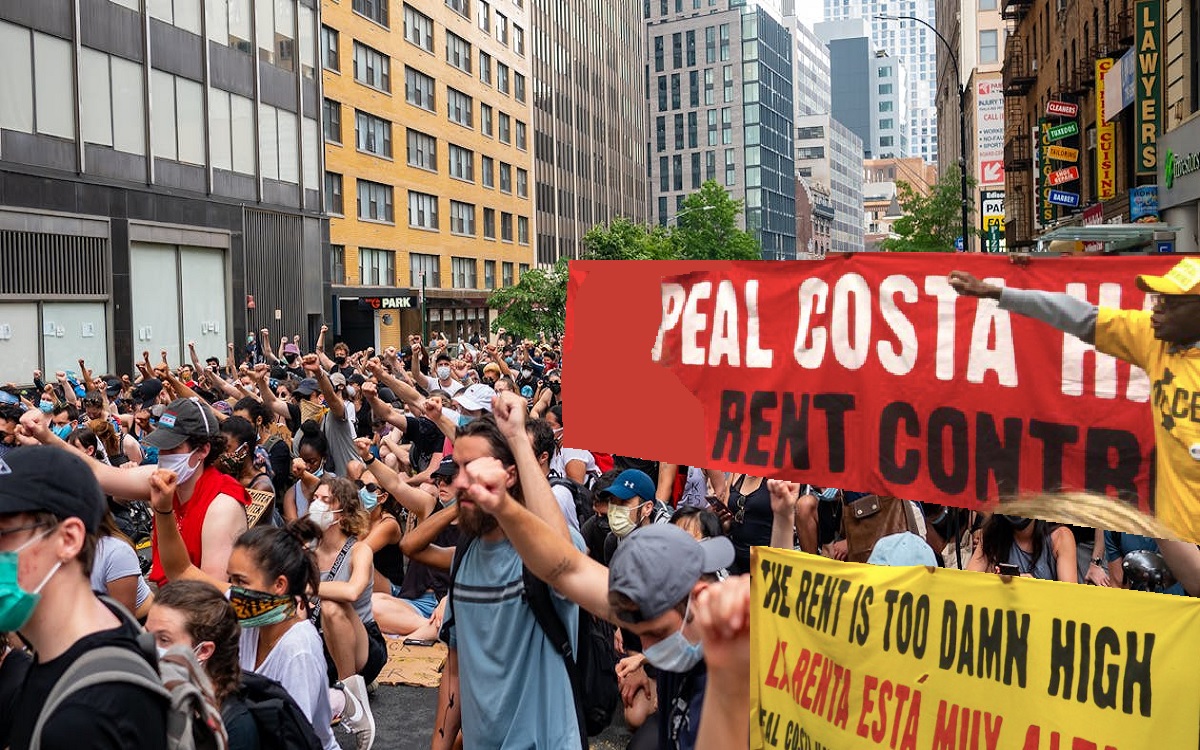|
Getting your Trinity Audio player ready...
|
The case, brought forth by a coalition of housing advocacy groups, challenged the long-held assumption that building more housing units, irrespective of their cost, would alleviate the affordability crisis.
The court’s ruling has effectively dismantled this notion, acknowledging that market forces alone cannot solve the complex issue of housing affordability.
Legal experts hailed the decision as a significant victory for low-income and marginalized communities, who have been disproportionately impacted by the skyrocketing housing costs.
This ruling is a wake-up call for policymakers,
said Jennifer Hernandez, a housing rights attorney.
It underscores the need for targeted interventions that prioritize affordability over mere density.
Dissecting the Housing Crisis
California’s housing crisis has been a long-standing issue, exacerbated by a combination of factors, including limited land availability, restrictive zoning laws, and a booming tech industry that has driven up property values. Despite efforts to incentivize developers to construct more units, the state has consistently fallen short of meeting the demand for affordable housing.
According to a report by the California Housing Partnership Corporation, the state needs an estimated 1.8 million affordable rental homes to meet the needs of its lowest-income residents. This staggering figure highlights the gravity of the situation and the urgent need for comprehensive solutions.
Exploring Alternative Solutions
In the wake of the court ruling, housing experts and advocates are calling for a multi-pronged approach to address the affordability crisis.
Some of the proposed solutions include:
- Inclusionary zoning policies: Requiring developers to allocate a certain percentage of new housing units as affordable, thereby ensuring a diverse mix of housing options within communities.
- Rent control measures: Implementing strict rent control policies to prevent excessive rent hikes and protect vulnerable tenants from displacement.
- Public-private partnerships: Fostering collaborations between government agencies, non-profit organizations, and private developers to create and maintain affordable housing units.
- Affordable housing subsidies: Providing financial incentives and subsidies to developers who prioritize the construction of affordable housing units.
The Road Ahead
While the court ruling has ignited a renewed discussion on housing affordability, the path forward remains complex and contested. Policymakers, developers, and housing advocates must work together to craft innovative solutions that strike a delicate balance between promoting housing development and ensuring affordability for all segments of society.
As the housing crisis continues to unfold, one thing is clear: the status quo is no longer viable. The court’s decision has underscored the need for a paradigm shift in how we approach housing policy, prioritizing the needs of low-income and marginalized communities over the pursuit of profit.
The housing crisis is not just a matter of supply and demand,
said Dr. Emily Thompson, a housing policy expert at the University of California, Los Angeles.
It’s a matter of equity, social justice, and ensuring that every Californian has access to safe, affordable, and dignified housing.
For More News Update Visit California News



